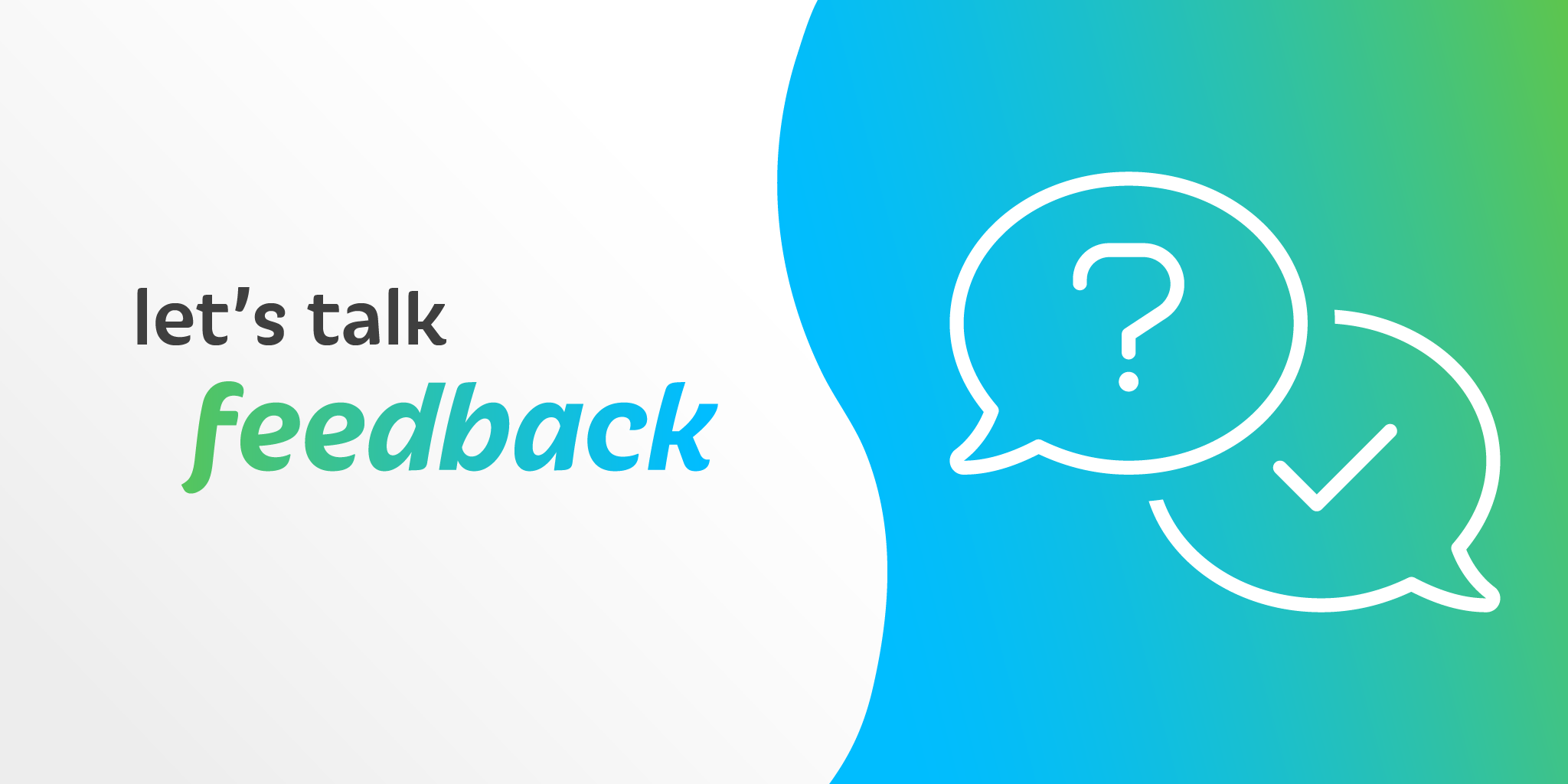How to improve team communication

One of the most common leadership failings is defaulting to the hub-and-spoke communication model.
In this model, the team leader is central to most team communication. While this may have organizational advantages, it can also be extremely inefficient. By adopting more effective communication models, there is a real potential to streamline processes and boost efficiency, giving team members more time to focus on their tasks.
Read on to learn what you'll need to create a more inclusive, efficient, and engaging communication environment within your team.
The hub-and-spoke conundrum
The hub-and-spoke model is tempting because it simplifies and centralizes communication.
Everyone knows who to turn to for answers. But, it can also create bottlenecks and delays, as all information flows through one central point. Additionally, it can make team members overly dependent on the manager, stifling their ability to communicate directly with each other and solve problems autonomously.
The Pitfalls
- Inefficiency: Information gets stuck waiting for the “hub” to process and redistribute.
- Over-dependence: Team members may not feel empowered to make decisions or communicate directly.
- Burnout: The manager becomes overwhelmed, dealing with all communication streams.
So, how do we break free from this model and improve team communication?
Encouraging direct communication
Building peer coaching circles
Peer coaching circles can be incredibly effective. These are small groups where team members regularly meet to discuss challenges, share insights, and provide mutual support. This fosters a culture of continuous learning and builds strong, direct relationships between team members.
Book clubs and learning contests
Creating a culture of collaboration and continuous improvement is vital.
Denise Reed Lamoreaux, Director of DEI Thought Leadership, suggests initiatives like peer coaching circles, book clubs, and contests to see which groups could produce the most innovative learning programs.
Weekly discussions about project status, focusing on where help was needed, can also be very effective.
These activities encourage team members to engage with each other, share knowledge, and build trust. They also create a sense of community and shared purpose.
Leveraging technology for better communication
We have access to a wide array of tools and resources that can greatly enhance our communication processes.
For instance, platforms like Slack, Microsoft Teams, and Trello provide efficient and effective means of creating transparent, direct communication channels within our team.
These tools enable real-time interaction and seamless collaboration, which ultimately reduces our dependence on a central figure to disseminate information.
By leveraging these platforms, we can foster an environment of open and continuous communication, leading to improved productivity and streamlined workflow.
Encouraging open feedback
Creating an environment where feedback is openly shared and received is crucial. Encourage your team to voice their ideas, concerns, and suggestions.
This not only helps in identifying issues early but also makes everyone feel valued and heard. Regular feedback sessions can be a great way to achieve this.
Rotating leadership roles
Another effective strategy is to rotate leadership roles within the team. This can be project-based or even during regular team meetings.
By allowing different team members to lead, you promote a sense of ownership and responsibility. It also helps team members develop their leadership skills and understand the challenges of managing communication.
For remote teams, schedule on-sites
For teams that work remotely, it's important to schedule regular on-site meetings or retreats. This allows for face-to-face interactions and team-building activities.
These in-person gatherings can go a long way toward establishing stronger communication channels and fostering a sense of camaraderie among team members.
Pair assignments and collaborative projects
At the end of on-site events, assign participants into pairs. Each pair will review the problems identified during the event and choose one issue to lead a team-wide solution for over the upcoming quarter.
Most pairs will do an excellent job solving their chosen problem. Additionally, working closely together for a full quarter will foster new relationships and lines of communication, leading to long-term benefits.
The Long-Term Benefits
Improving team communication is about more than solving immediate issues. It's about building a foundation for long-term success.
When team members communicate directly and effectively, they are more likely to collaborate, innovate, and stay engaged. This leads to higher productivity, better problem-solving, and a more positive work environment.
- Enhanced Collaboration: When team members can communicate openly and directly, collaboration becomes more seamless. They can quickly share ideas, provide feedback, and work together towards common goals. This not only improves project outcomes but also fosters a sense of camaraderie and teamwork.
- Increased Innovation: Open communication encourages the sharing of diverse perspectives and ideas. This can lead to increased innovation, as team members feel comfortable proposing new solutions and experimenting with different approaches. A culture of open communication can be a breeding ground for creativity and innovation.
- Higher Engagement and Morale: When team members feel heard and valued, their engagement and morale improve. They are likelier to be invested in their work and committed to the team’s success. This can lead to lower turnover rates and a more positive work environment.
Embracing a new communication model
Breaking away from the hub-and-spoke communication model requires intentional effort and a willingness to experiment with new approaches.
We can create a more efficient and engaged team by encouraging direct communication, fostering a culture of collaboration, leveraging technology, and promoting open feedback.
Remember, improving communication is a continuous journey. It requires constant reflection, adaptation, and a commitment to creating an inclusive and empowering environment for all team members.